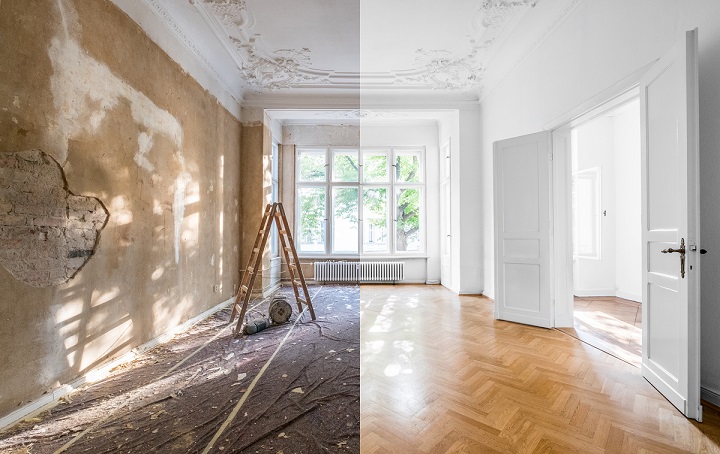
While the internet is full of property experts offering guidance on making money from property, few mention the tax bills that investors may encounter if they are successful in building a portfolio or ‘flipping property’ by adopting a fast-turnover approach to buying, renovating, and selling.
When there is a gain on the sale of a property that is not someone’s principal private residence, they may find themselves with a bill for Capital Gains Tax (CGT) if it exceeds their annual allowance. CGT is due when an individual sells an asset and makes a gain on the original price, with tax on the gain payable at a rate of 18% for basic rate taxpayers and 28% for higher rate taxpayers.
Generally, capital gains tax is not due on property where it is someone’s primary home. However, the tax could become payable if a property is sold or transferred for a profit within 36 months of being bought. The aim is to guard against using short-term property ownership to evade tax obligations.
Even if capital gains tax is not due, if the property is being renovated and sold for profit in a fast turnaround, investors are likely to find themselves paying income tax, who may consider the development as their ‘trade’.
Two recent cases brought by HMRC highlight the dangers of being tax-ignorant when it comes to property investing and development.
One homeowner faced a £1million bill for income tax and penalties on profits from buying, renovating and selling three properties within five years. HMRC argued his activities had the hallmarks of a property development trade, meaning the gains would be taxable as trading profits.
Although Gary Ives was a builder, he maintained that his work was small-scale compared to these significant renovations and that the fast turnover was due to family and financial issues rather than the desire to trade profits.
He successfully appealed to the First-tier Tax Tribunal, avoiding capital gains tax on the disposals. Mr Ives showed that he used all three properties as family homes and that each house was furnished and occupied with the intention of residency being permanent.
Less successful in his appeal was Mark Campbell, who made £260,000 by buying and renovating four properties in five years. He lived at one of the properties for nine months when it was already up for sale. However, he claimed that he was entitled to private residence relief because he was living in job-related accommodation elsewhere to take care of his father, who had dementia.
The Upper Tax Tribunal dismissed Campbell’s argument that he was entitled to private residence relief. This meant that capital gains tax was due on the gains. However, they disagreed with HMRC’s claim that he was trading as a property developer.
“It’s certainly an area of taxation that is misunderstood or simply overlooked. There is even confusion over what exactly is meant by ‘flipping’ a property.
The term usually describes making a quick profit on a fixer-upper. However, it is also frequently used to describe the position when someone assigns another property they own as their principal private residence. This can be a helpful planning device to maximise the available exemptions for capital gains tax.”
Our head of residential property, Ben Marks, explained.
If you own a second home or buy-to-let property and you are anticipating a sale in the next year or two, you may consider bringing forward the timing of the disposal to beat the reduction in the tax-free allowance for CGT. The allowance was reduced in 2023-24 from £12,300 to £6,000, falling to just £3,000 in 2024-25.
Contact Ben Marks today for more advice and information on flipping property.
Note: This article is not legal advice; it provides information of general interest about current legal issues.
